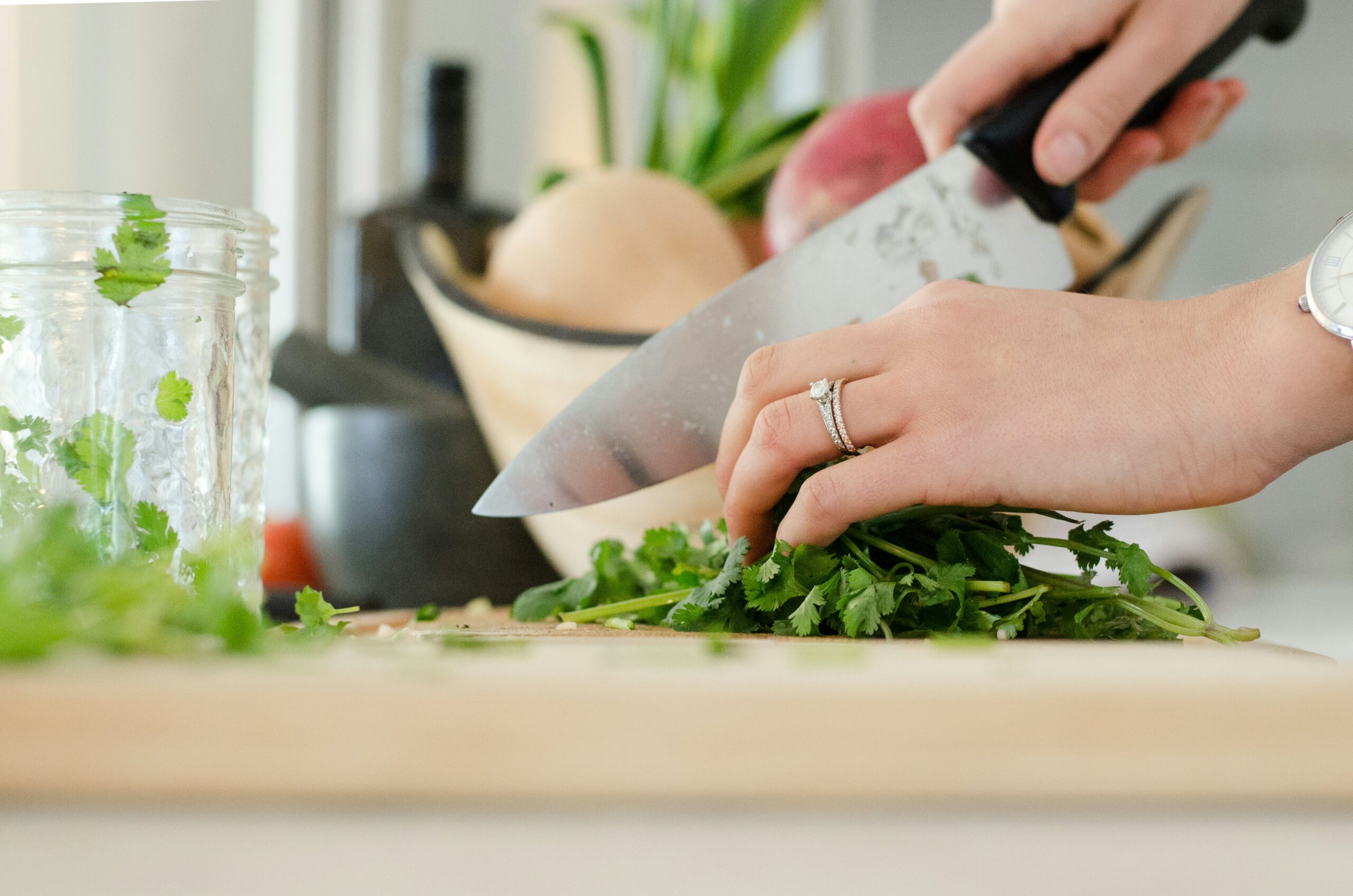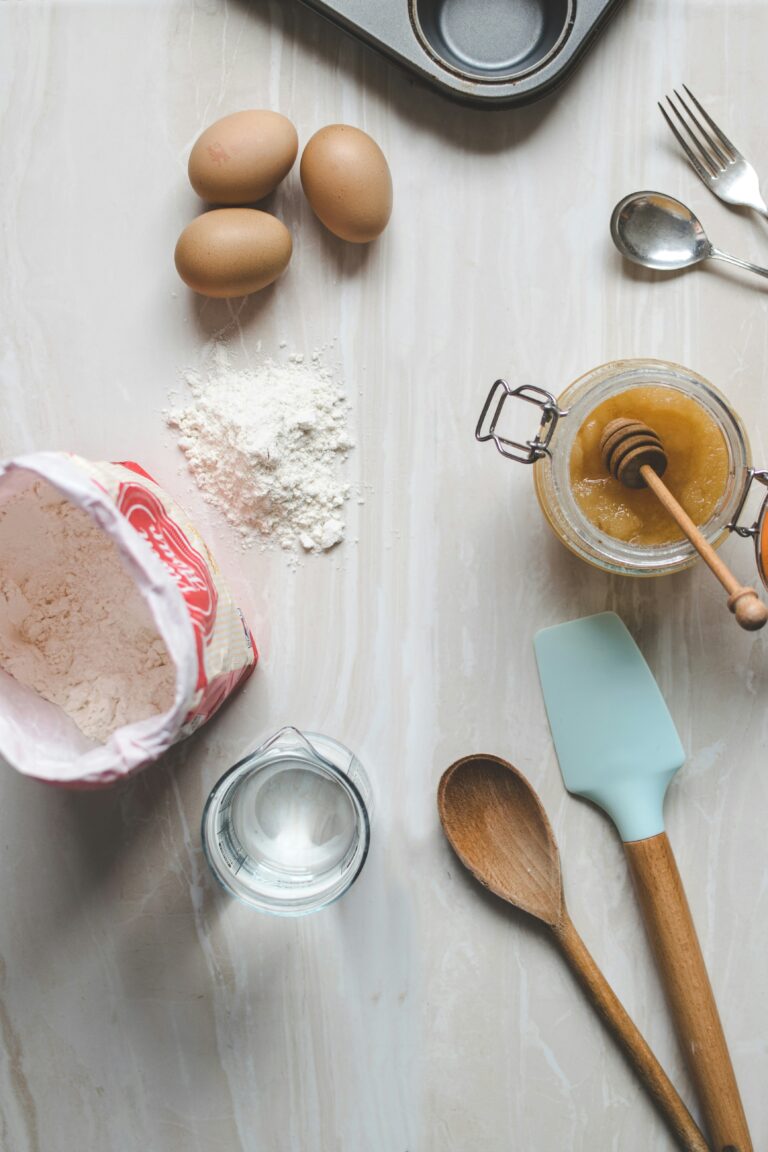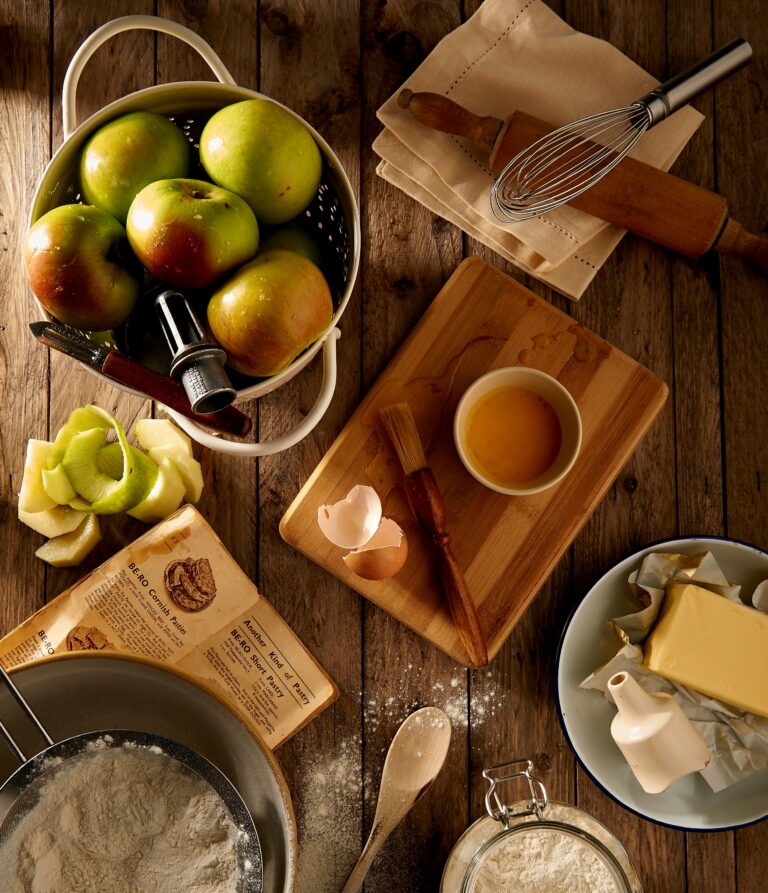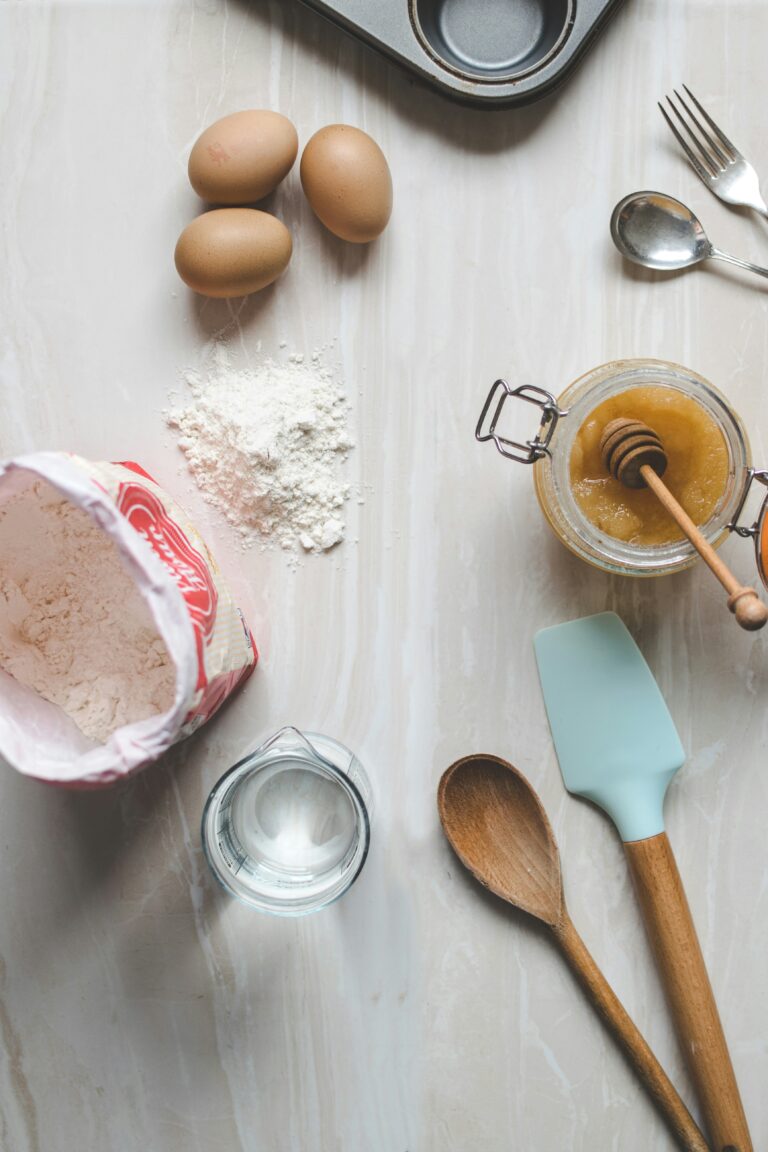Importance of Accurate Measurements in Cooking
In the realm of cooking and baking, preciseness in measuring ingredients is paramount to achieving consistent and successful results. The significance of accurate measurements cannot be overstated, as it plays a fundamental role in the outcome of your culinary creations.
Why Measuring Ingredients is Crucial
Effective recipes are essentially formulas that require specific quantities of ingredients to harmonize and produce the desired taste, texture, and appearance. By adhering to precise measurements, you ensure that the balance of flavors and textures in your dish is maintained, leading to a dish that is true to its intended character.
Accurate measuring also prevents the risk of under or over-seasoning, which can significantly impact the overall taste of your dish. Consistency in measurements is particularly vital when recreating a dish multiple times or when following a recipe for the first time.
How Inaccurate Measurements Affect Your Cooking
On the flip side, inaccurate measurements can throw off the delicate equilibrium of a recipe, resulting in a final product that falls short of expectations. Too much or too little of a particular ingredient can alter the taste, texture, and appearance of your dish, leading to disappointment in the final outcome.
Moreover, inaccurate measurements can disrupt the chemical reactions that occur during cooking or baking, affecting the structural integrity of baked goods or the balance of flavors in savory dishes. For instance, adding too much baking powder to a cake batter can cause it to rise unevenly or collapse, while insufficient salt can leave a dish tasting flat and lackluster.
To avoid culinary mishaps and ensure consistent quality in your cooking endeavors, mastering the art of precise measurements is key. By understanding the importance of accurate measurements in cooking, you pave the way for culinary success and elevate your skills in the kitchen.
Navigating Cooking Measurement Equivalents
When it comes to cooking, understanding different measurement units and conversions is essential for accurately following recipes and achieving consistent results. Below, we will delve into the world of cooking measurement equivalents by exploring different measurement units and common cooking measurement conversions.
Understanding Different Measurement Units
Cooking often involves a variety of measurement units, each serving a specific purpose in recipe preparation. Here are some of the common measurement units you may encounter:
| Measurement Unit | Definition |
|---|---|
| Teaspoon (tsp) | A small unit of measurement typically used for spices and flavorings. |
| Tablespoon (Tbsp) | A larger unit of measurement often used for liquids and ingredients that require a slightly larger quantity. |
| Cup | A standard unit of volume measurement in cooking, especially for dry goods and liquids. |
| Ounce (oz) | A unit of weight measurement commonly used for solid ingredients. |
| Gram (g) | A metric unit of weight measurement that is becoming increasingly popular in recipes for its precision. |
Understanding the difference between these measurement units is key to accurately measuring ingredients and following recipes to perfection.
Common Cooking Measurement Conversions
In cooking, it’s not uncommon to come across recipes that require conversions between different measurement units. Here are some common cooking measurement conversions to help you navigate your way through recipes:
Volume to Weight Conversions:
| Ingredient | Volume (Cups) | Weight (Ounces) |
|---|---|---|
| All-Purpose Flour | 1 cup | 4.25 ounces |
| Sugar (Granulated) | 1 cup | 7 ounces |
| Honey | 1 cup | 12 ounces |
| Milk | 1 cup | 8 ounces |
Teaspoon and Tablespoon Equivalents:
| 1 tablespoon (Tbsp) equals 3 teaspoons (tsp) |
Cup to Gram Conversions for Common Ingredients:
| Ingredient | 1 Cup | Gram Equivalent |
|---|---|---|
| Flour (All-Purpose) | 1 cup | 120 grams |
| Sugar (Granulated) | 1 cup | 200 grams |
| Butter | 1 cup | 227 grams |
| Water | 1 cup | 240 grams |
Understanding these common cooking measurement conversions can help you seamlessly convert ingredient quantities to meet your recipe requirements. Whether you need to convert volume to weight or navigate between teaspoons and tablespoons, having a grasp of these equivalents can enhance your cooking and baking experience.





